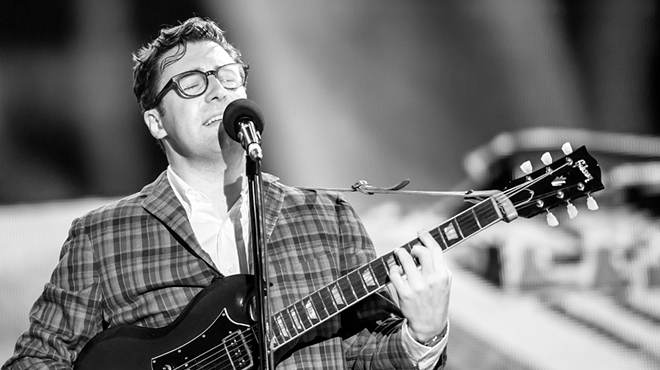Even the Mississippi River has moments of calm midriver, before the current seizes you and swings you back into the swift downstream flow. The strength of that river is such that you go wherever it’s taking you—to a scrap of muddy beach on the far side, a thin grove of willows, a bridge abutment. One seems as remote as the other, and there’s no telling where you’ll find yourself. That destination can only be imagined, not planned, is an idea that translates easily to other endeavors.
Midstream, words can come and go with a flow that’s hard to anticipate, a velocity and direction that can be hard to predict. A narrative of any sort has the same volatile shifts. No matter how carefully you believe you have plotted your course, the words can come in a sudden rush or change direction before you have a clue. Stillness can settle in just as unexpectedly. This is what I love about being midstream: Whether it is a river or a story, you’re never quite where you think you are.
And it is exactly because writing and swimming have been parallel enterprises for so long that I know midstream is a place to just keep my eyes open, to keep looking around. And if a golden leaf from a tulip tree on the shore happens to drift my way or I happen to spot a blue heron swerving through the silver maples, I know this is my lucky day.
The End
By Janine Pommy Vega
Just lop it off. That’s what a friend of mine, Bob Hershon, says about the ending of most poems or pieces of prose. The author of several books, the editor for 20 years of the poetry magazine Hanging Loose, and the publisher of Hanging Loose Press, he comes by his opinion honestly. Just lop it off. He says a good writer has already reached the reader and made his or her point known. Perhaps seized by doubt, the writer thinks, Maybe they won’t get it—and proceeds to sum up once again, or tack on a coda, and thereby distance the reader, an intelligent accomplice, who does not need the world spelled out to leap forward to the end. When in doubt, just lop it off.
I’ve labored over endings where I wanted to tidily wrap up the whole subject and send it singing into the heart of the reader (or the universe, whichever came first) and light up the night. Mostly I’ve been glad to acquit myself with enough workmanlike grace to not trip over my own feet. The interworkings of a piece absolutely determine the end: You have to follow every strand in the net to make sure it is firmly knotted if you want it to hold your fish—if you want the reader to believe you. If you alter the body or fins of the fish it will show up in the tail. Any change in the particulars or highlights of the tale or poem must be proved out in the end.
I am rarely surprised by how a piece ends. I knew all along where I wanted to go. But flatfooted writing is such a joyless thing. If I present no ins and outs, who will want to go there with me? Where will the “A-ha!” have got to, if all along we all knew where we were heading?
The worst, of course, is when the writer’s ego is married to an image or phrase that has really nothing to do with the piece, but which the writer feels bound to carve into the end like one of the faces of Rushmore; then a derrick is needed to pry it loose. Here’s a case in point. In one story I had a woman in a church replete with patriarchal trappings, and she was singing songs to the mother goddess before a crowd. Naturally, she assumed there would be some reaction. A statue would fall from its niche beside the arch, someone would walk out in high dudgeon—but by the time she’d finished singing nothing had happened. Like Juan Ramon Jimenez’s poem remarks: Nothing happened? Or had everything happened, and were we standing now suddenly in the new way?
My character tells us she wished people would suddenly get up and dance in a great circle with their eyes shining, but that didn’t happen. Nothing did. Or had everything happened, as Jimenez said? And was she standing now like a woman in warm water up to her knees?











